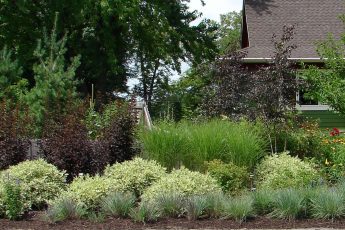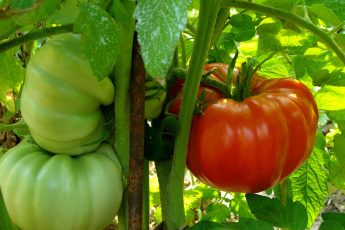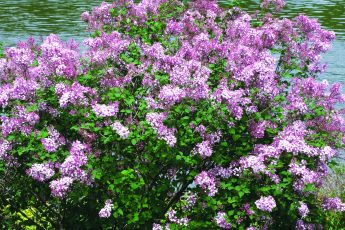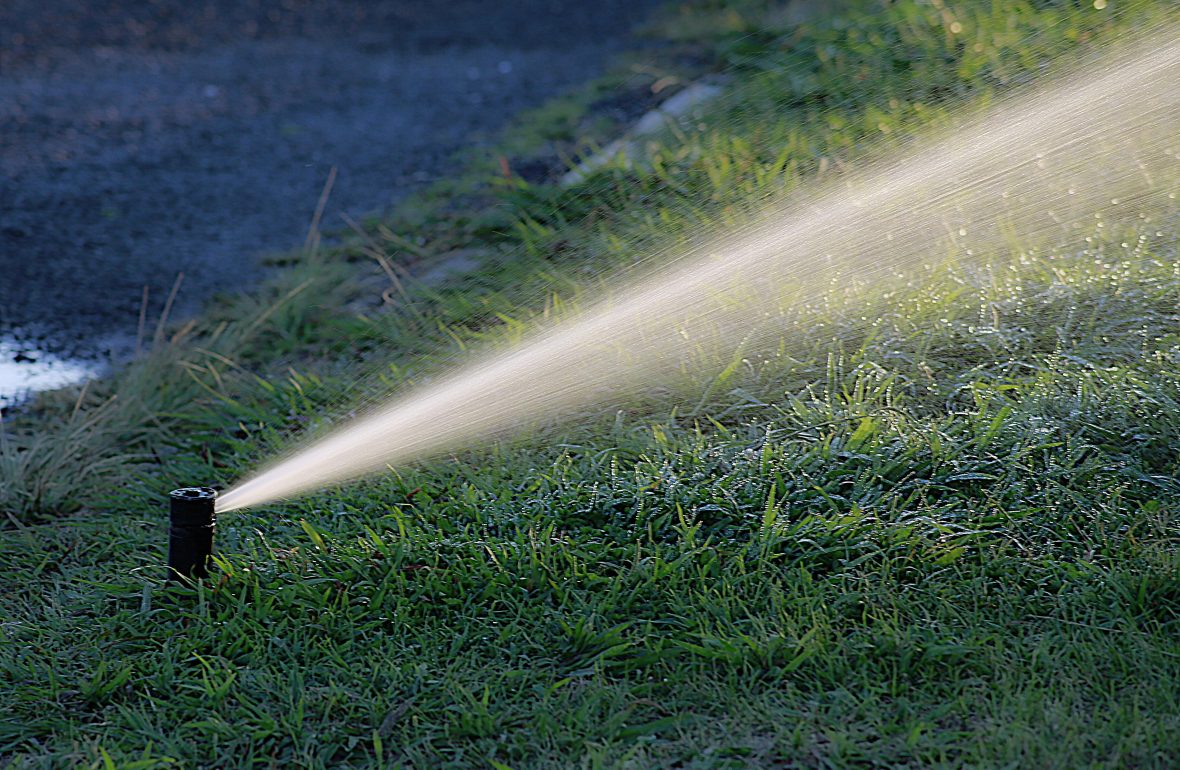
Fresh water is our most precious resource and with the warmer days of summer ahead, it is time to focus on the importance of watering wisely. The average American family uses 320 gallons of water a day and landscape irrigation alone is estimated to account for one third of all residential water use. A staggering fifty percent of water used outdoors is wasted from inefficient watering practices. For the health and sustainability of your landscape and our most precious resource, it is important to water wisely.
Observe and Conserve
Water conservation in your landscape starts with observation of your landscape. Understanding your soil structure and how water behaves in your landscape will guide your irrigation practices. What type of soil do you have? Loose, sandy or coarse textured soils do not hold as much moisture as heavier clay soils. Does water pool in your lawn or are there areas of runoff? Observe for opportunities to redirect pooling water to drier areas or for placement of a rain garden. A few observations and some simple changes can help to conserve water in your landscape.
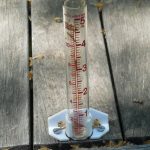
Monitor Rainfall
Put up a rain gauge and check it after each rainfall to understand how much water you receive.
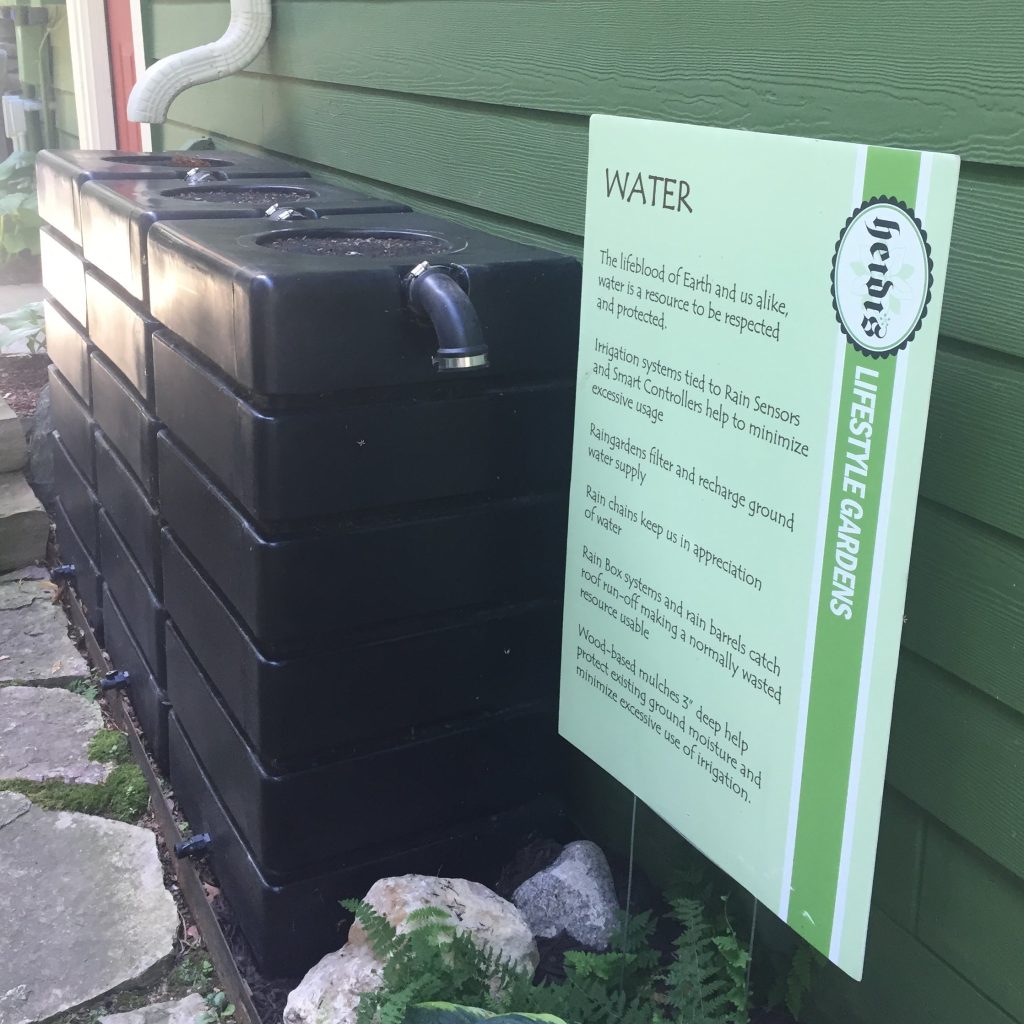
Capture and Reuse
Collect runoff before it hits non permeable surfaces by installing rain barrels to downspouts.
Thoughtful Landscape Design
After observation of your landscape, do you have the right plants in the right places? Water loving plants in areas that retain water, drought tolerant plants in sandy soils, on higher ground? To reduce the need for supplemental watering during dry periods, utilize more native and drought tolerant plants. Use mulch in garden beds and around trees and shrubs. Mulch helps to retain moisture in the soil and keeps soil temperatures stable which is beneficial for plant roots. Use a mixture of turf grasses in lieu of a uniform Kentucky Blue or perennial ryegrass lawn to reduce water input. Installing a bee lawn is another eco-friendly alternative to a traditional turf grass lawn. A thoughtful landscape design will not only be more rewarding but, goes a long way in conserving water.
When and How to Water
To keep your landscape healthy with water conservation in mind, it is important to know when and how to water. Before the drier days of summer arrive read on for tips to develop good watering practices.
- Water early in the morning. The most efficient time to water is between 4:00 AM and 8:00 AM to reduce evaporation and plant stress. Watering early in the morning allows plants time to uptake moisture before afternoon high temperatures set in.
- Water more less frequently. Water perennials, trees and shrubs for longer durations less frequently. A deeper watering helps plants develop deeper roots that are able to find moisture further down in the soil. Short, frequent watering is non-beneficial to plants and can have adverse effects causing weak root systems and stressed plants.
- Always water at the base. Overhead watering is not as efficient as watering at ground level and can lead to foliar diseases and plant stress. A soaker hose is a great option to water perennial beds however, if overhead watering is required such as when watering turf, water early in the morning to allow time for foliage to dry.
- Keep the pressure down. Watering at a lower pressure allocates time for the soil to absorb water. If you notice runoff from your lawn or away from your plants, the soil is not absorbing all the water put into it. Adjust water pressure down until runoff is minimized to ensure efficient water absorption.
- Let lawns go dormant. For cool season grasses that are predominant in turf grass, the best method to water is not to water. Letting your lawn go dormant is actually an important method for turf grasses to survive the hot, dry periods of summer.
Observe and conserve, a water efficient landscape is a healthy landscape.
Additional Resources
U.S. Environmental Protection Agency
University of Minnesota – Water Saving Strategies for Home Lawns


